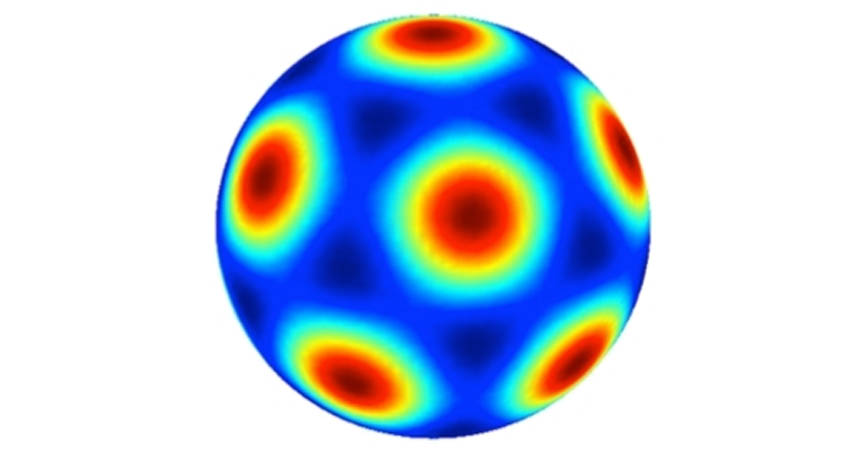Brain’s grid cells could navigate a curvy world

Grid cells in the brain could map a sphere by firing in an unusual pattern (represented above in red), a mathematical analysis suggests.
SISSA

Grid cells in the brain could map a sphere by firing in an unusual pattern (represented above in red), a mathematical analysis suggests.
SISSA